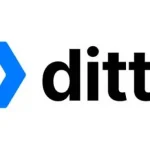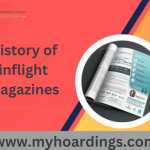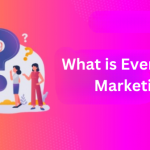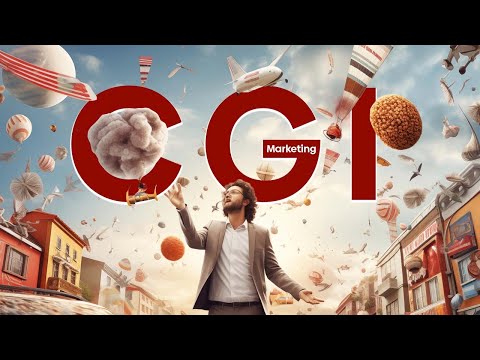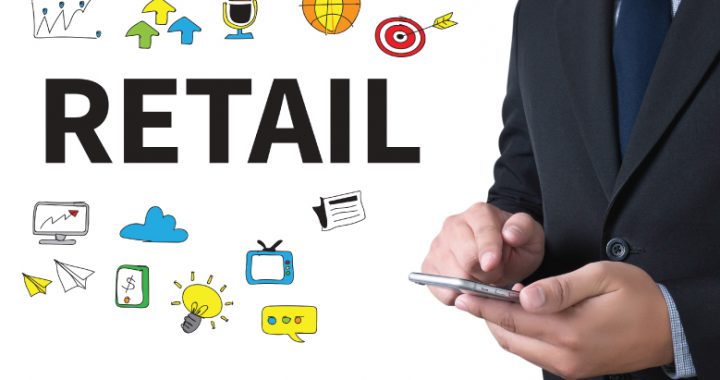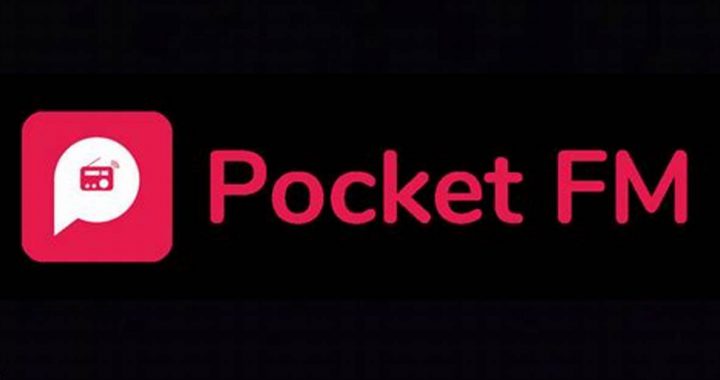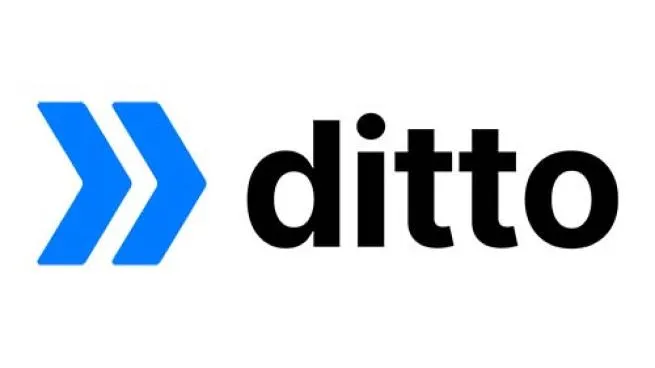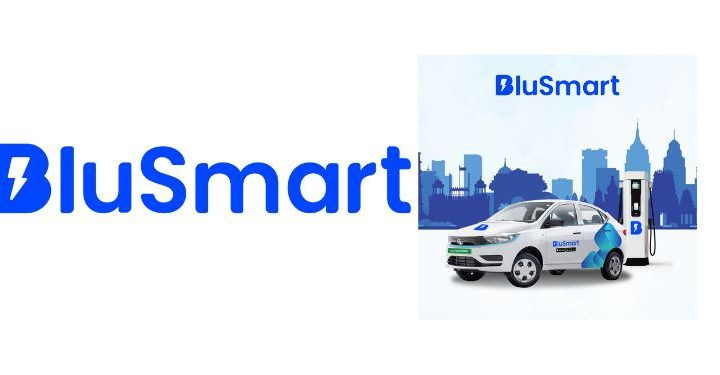Funnel vs Flywheel : Which Marketing Model Will Drive Your Growth?”
4 min read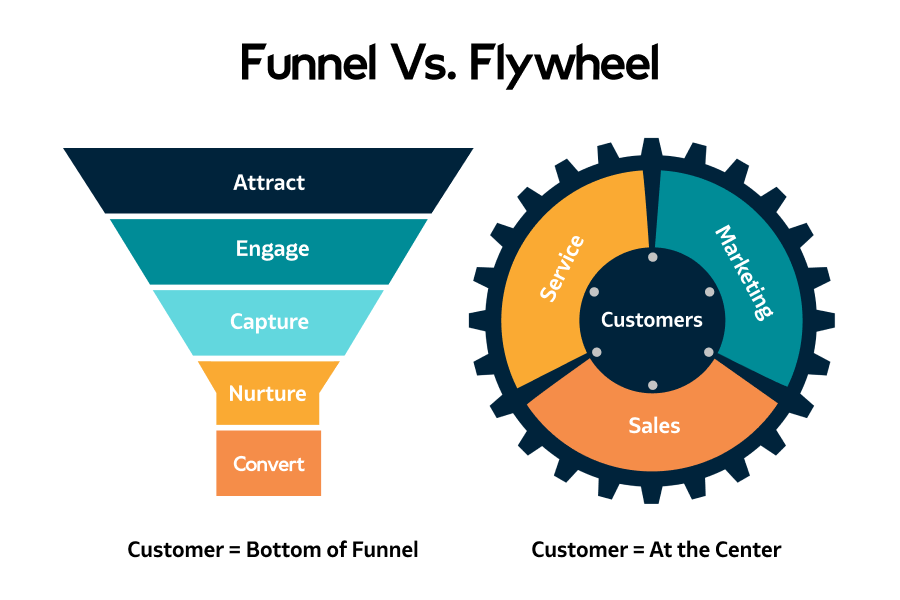
Funnel vs. Flywheel: Choosing the Right Model for Your Marketing Strategy
In the dynamic world of marketing, understanding the most effective approach to attract, engage, and retain customers is crucial. At MyHoardings, we specialize in delivering innovative advertising solutions and helping brands navigate the complexities of customer acquisition and retention. Two popular models that often come up in discussions are the funnel vs flywheel. Each offers unique perspectives on managing the customer journey. Here’s a detailed comparison to help you determine which model best fits your marketing strategy.

What is the Funnel Model?
The funnel model is a linear approach to understanding the customer journey, represented as a sequence of stages from initial awareness to final purchase. This model visualizes the path potential customers take as they move through the sales process, ultimately leading to conversion.
Stages of the Funnel
- Awareness: At this stage, potential customers first become aware of your brand or product. Strategies here include broad-reaching activities like advertising campaigns, content marketing, and social media engagement.
- Interest: Once awareness is established, the goal is to spark interest. This involves engaging potential customers with valuable content, product demonstrations, and targeted messaging.
- Consideration: Prospects evaluate their options. Your efforts should focus on providing detailed information, addressing objections, and highlighting how your product differs from competitors.
- Decision: The final push towards conversion. Here, persuasive tactics such as special offers, testimonials, and clear calls to action play a key role.
- Action: The ultimate goal—conversion. This stage emphasizes closing the deal and ensuring a smooth purchase process.
Advantages and Limitations
Advantages:
- Clear Structure: Provides a straightforward framework for understanding and managing the customer journey.
- Measurable Stages: Allows for tracking and optimizing each stage of the funnel.
- Focused Efforts: Helps allocate resources efficiently to move prospects through the funnel.
Limitations:
- One-Time Focus: Often overlooks post-purchase engagement and customer retention.
- Linear Perspective: Assumes a sequential process that may not account for the complexities of modern customer interactions.
What is the Flywheel Model?
The flywheel model represents a cyclical approach to customer interaction, emphasizing continuous engagement and relationship-building. It envisions the customer journey as an ongoing cycle rather than a one-time process.
Components of the Flywheel
- Attract: Draw potential customers through compelling content, targeted advertising, and engaging experiences.
- Engage: Foster relationships by addressing needs, providing solutions, and creating value.
- Delight: Ensure exceptional customer experiences to turn buyers into advocates who will spread positive word-of-mouth and contribute to new customer acquisition.
Advantages and Limitations
Advantages:
- Continuous Growth: Focuses on long-term relationships and the potential for repeat business and referrals.
- Customer-Centric: Emphasizes the importance of delighting customers and integrating their feedback into continuous improvement.
- Momentum Building: Leverages positive customer experiences to create a self-sustaining growth cycle.
Limitations:
- Complex Implementation: Can be more challenging to implement and manage due to its cyclical nature.
- Sophisticated Metrics: Requires advanced tracking and measurement to assess ongoing performance and customer satisfaction.

Choosing the Right Model for Your Brand
At MyHoardings, we believe that the choice between the Funnel vs Flywheel models depends on your specific goals and customer dynamics. If your primary focus is on optimizing lead conversion, the funnel model provides a clear structure. However, if you aim to build lasting relationships and drive sustained growth through customer advocacy, the flywheel model offers a more holistic approach.
By understanding the strengths and limitations funnel vs flywheel, you can better align your marketing strategies with your brand’s objectives and deliver a more effective customer experience.
For more insights and personalized marketing solutions, contact us at MyHoardings:
- Email: business@myhoardings.com
- Phone: +91-9953847639
- Website: www.myhoardings.com
Explore how we can help you craft strategies that drive growth and build meaningful customer relationships.
How to sell outdoor media? |
Programmatic Advertising Rates
| Platform | Ad Type | Average CPM (Cost Per Thousand Impressions) | Average CPC (Cost Per Click) | Total Audience Reach |
|---|---|---|---|---|
| Google Display Network | Banner, Video Ads | ₹40-₹100 | ₹5-₹10 | Over 500 million |
| Facebook Audience Network | Banner, Video Ads | ₹40-₹50 | ₹5-₹10 | 260 million |
| Amazon DSP | Product, Video Ads | ₹50-₹100 | ₹5-₹10 | 150 million |
| Verizon Media | Banner, Video Ads | ₹40-₹90 | ₹5-₹9 | 200 million |
| MediaMath | Banner, Video Ads | ₹40-₹100 | ₹5-₹10 | 150 million |


